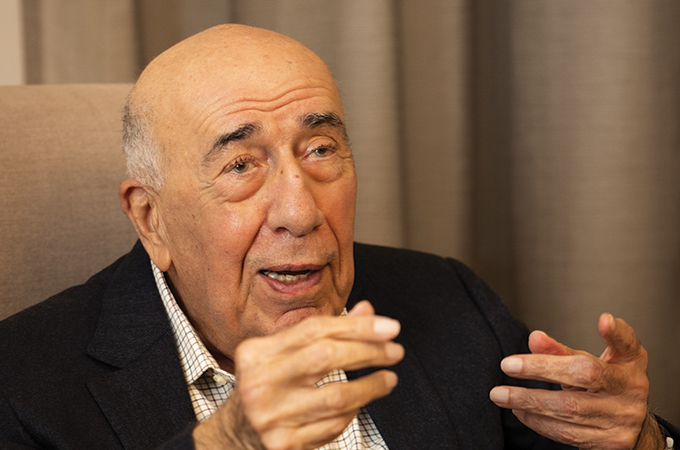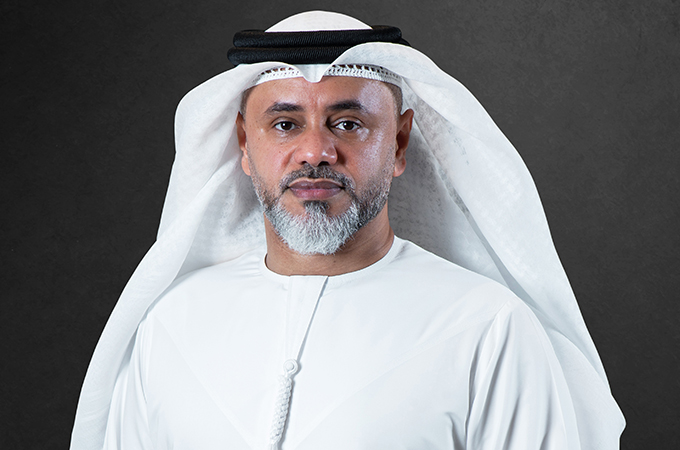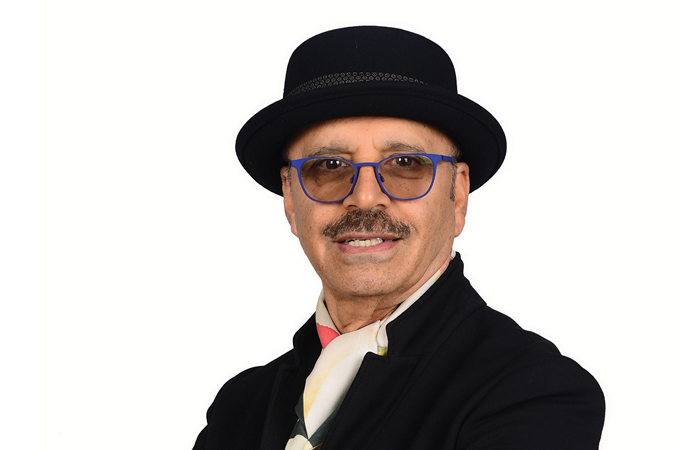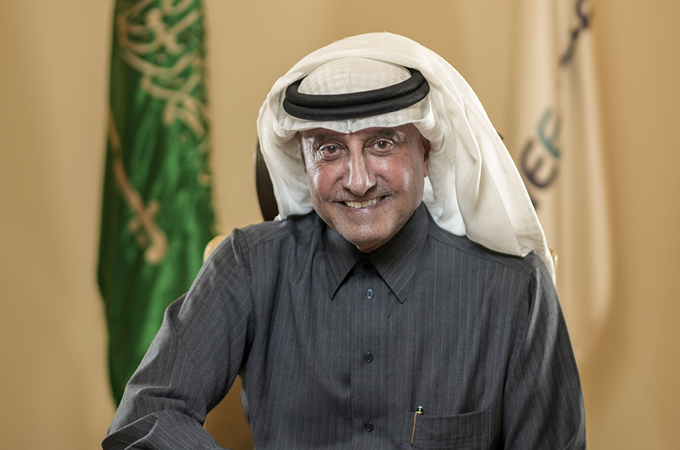Summer 2016
A self-confessed perfectionist, Ahmed Mohammed Alhatti excels in the business of making landmarks across the region and beyond
Saudi businessman and visionary property developer Ahmed Mohammed Alhatti pins his success on his desire for perfection, even though, as he confesses, it is an obsession that can often be impractical.
This quest for excellence and perfection saw him persevere for more than seven years – in the face of economic and construction challenges – on an iconic skyscraper project in Dubai, UAE, that went on to achieve fame as the tallest twisted tower in the world, as certified by the Guinness Book of World Records.
As President and Chairman of the Cayan Group, Alhatti is the inspiration behind its real estate projects across the region. Founded in 2004, Cayan Group Holding has high visibility through its iconic buildings and developments and handles investment, development and brokerage from its Riyadh headquarters and offices in Tecom, Dubai. Very much a man of action, in a little more than a decade, Alhatti has built Cayan into a leading Middle East developer.
Based in Riyadh, Alhatti is surrounded by a team of engineers, planners, and real estate professionals within a corporate/family culture committed to training, career development and a palpable ‘can-do’ approach to quality development.
The mastermind behind the $272-million Cayan Tower in Dubai, Alhatti received international acclaim for the construction of the 75-storey skyscraper designed by Skidmore, Owings and Merrill (SOM). One of the finest examples of modern architecture found anywhere in the world, the twisted tower was delivered to investors in 2013 as an innovative landmark of immense power and aesthetically, of implied kinetic energy.
Significant investments are being made by Cayan across a raft of developments such as the $1-billion investment allocated for three property projects in Riyadh and Dubai alone, with the flagship Samaya development already started near Riyadh’s Diplomatic Quarter. Cayan’s real estate footprint also extends to Jeddah and Lebanon, he tells Arabian Knight from his corporate offices in Dubai.
Cayan’s portfolio of high-end developments include residential complexes, commercial towers and centres as well as hospitality and multi-purpose gated communities. It continues to win accolades and awards regionally and internationally for quality, value and sheer architectural verve and the company was recently acknowledged by Forbes magazine as one of the top real estate companies in the Arab world and a company to watch.
Cayan’s projects are not for the faint-hearted but extraordinary in their scope, vision and ambition with the application of cutting-edge designs and building technologies. Alhatti is seeking to transform the landscape in a number of prime locations – from high-rise buildings such as the Cayan Tower to developments like the Samaya master-planned residential community in Wadi Hanifa in the Erga area of Riyadh, which addresses the demand for high-end residential compounds that provide integrated services.
Cayan has also announced a mixed-use project north of Riyadh with Khatib & Alami as the design consultant.
In these prime land areas of Saudi Arabia, the UAE, Lebanon as well as Marbella in Spain, Alhatti is bringing the very best talent, using contractors and world-class architects and designers that include SOM and Nikken Sekkei.
After the completion of the iconic 307-m-high twisted Cayan Tower (first known as the Infinity Tower), Alhatti has always looked ahead by assessing options for more projects in Dubai, Riyadh, Jeddah and beyond. “After the Cayan Tower everybody has been waiting to see what we will do. We always want to do something unique; we cannot just do an ordinary building anymore,” he says.
He continues: “Cayan has several projects in the pipeline but over the last few years we’ve been focusing on Saudi Arabia and launched the Samaya in April 2015. We have a two-tower project in Dubai, Cayan Cantara, which we launched last year and have started construction. In Riyadh, we have several projects including a 150,000-sq-m development north of the city; Samaya, which is about 1 million sq m; and the CMC office tower on King Fahd Road.
“Cayan Cantara is a luxurious residential and hotel apartments tower in Umm Suqeim designed by Nikken Sekkei while CMC is a sophisticated multi-use integrated commercial complex destined to become Cayan’s headquarters near the city centre.”
“We have just started a new project to the north of Jeddah which we are excited about. This will be a landmark development with two towers, offering residences and a luxury hotel. We have also just started a new project in London where we have just acquired a plot and this will be a new landmark destination combining residential and hospitality in two towers.
EARLY AMBITIONS
Alhatti hails from a family in Saudi Arabia’s Eastern Province. He was born in 1968 into a farming family of nine children and was the seventh of three boys and six girls.
“It was a normal family life but we were taught strong values and principles of life,” he recalls. “My late father was a very serious man, tough and extremely focused on important matters. We left Hofuf when I was eleven and when I graduated from high school, my plan was to become a physician as I had always wanted to be a doctor. I used to be called Dr Ahmed by the family as I have loved reading and studying since I was very young and to an extent was considered the geek in the family. In the end, I could not go to medical school because at that time there were just five universities in Saudi Arabia and only some had medical faculties, so it was not easy at all.”
Alhatti went to a college for a year with the goal of transferring to medical school, but though he obtained a very high score he finally decided that medicine was not to be his destiny. “I feel lucky in my career when I compare myself to what might have been,” he says.
After graduating in business administration from the King Saud University, Alhatti continued to study and obtained a master’s degree in information systems at the University of Sunderland in the UK. “It was a great faculty as an old school friend had advised me to study there,” Alhatti says. After his university, Alhatti held senior managerial positions in the Saudi British Bank and American International Group before setting up Cayan in 2004.
Alhatti places himself at the sharp end of his projects and understands that property development is a complex business as people are buying into a dream and that there are huge responsibilities for real estate developers, for their clients and investors. “It is also about how well you do your homework and, in the case of Cayan, where or what to develop. We think a great deal about our clients and what they are looking for. Saudi Arabia’s property market is huge and Saudis are among the strongest buyers in the world.”
Alhatti believes in a team approach and works with a dynamic committee of engineering, finance, marketing, sales and business development experts “until they come to the best recommendation”.
“Sales want the best units at the lowest prices, while engineers want to achieve everything but are limited by the budget, which Finance controls. The marketing team thinks of how we can draw the most attention to the design and real estate mix,” he elaborates.
CAYAN TOWER
The luxury residential Cayan Tower, one of the jewels in the Cayan crown, exemplifies the qualitative approach taken by the company. The striking helical shape rotates 90 degrees over the course of its 307 m height with each floor identical in plan but set 1.2 degrees clockwise from the floor below. The distinctive structure, which was completed over seven years, is innovative, energy efficient and a pure expression of the relationship between a building’s form and its structural framework. Importantly, in terms of aesthetics, the Cayan Tower is extraordinary and stands out iconically from the many high-rise buildings in this area of Dubai.
Alhatti says that he did not dream about building a twisting tower but just wanted something very special on what he considered a prime area of real estate.
“At that time, this was one of the most beautiful plots in Dubai on the marina overlooking the sea and from the very outset we did not want to do something ordinary,” he says, pointing out that any design would have sufficed as the property would have still sold out thanks to its prime location.
“Financially, it was breathtaking. We sold 300 units in 48 hours. People were lining up to buy so it wasn’t really about selling; it was about making a statement because it is really tough to make a name for yourself in a city like Dubai, among other strong developers in the UAE. It was because of our desire to make a small company like Cayan become well known and recognised for its value that we decided to build the Cayan Tower.
Alhatti next decided to hold a competition between five of the world’s leading architects. “Every participant received fees just for participating,” he says. “A committee was formed to evaluate the designs comprising four engineers – some from my direct team, some from the project management team – and myself. I am not an engineer and I don’t have any engineering background but there was a scoring card to determine which project is the winner, so each design was presented one by one – the models, the boards, the facilities, the fees, the name of the architect, the construction cost and construction difficulties. When I saw SOM’s twisting shaped design, I fell in love with the innovative architecture which was originally the fourth choice and have never regretted this decision.”
Shortly afterwards, Alhatti and his team spent more than a week in Chicago with SOM, to push the limits on the “degree of the twist, the height and perfect the design”.
SAMAYA ON WAY
Moving on to the Samaya development which lies close to Riyadh’s Diplomatic Quarter and the ancient city of Dir’iyyah, the capital of the first Saudi state, Alhatti says Cayan fully understands its responsibilities as a developer. The Wadi Hanifa is the longest and most important valley near Riyadh and a natural water drainage and unique geographical feature. The area was settled as it was found to be one of the few naturally fertile areas in Saudi Arabia, hence the derivation of the name ar-Riyadh or gardens or orchards.
In recent years, the High Commission for Arriyadh has embarked on a strategy to restore and develop the Wadi Hanifa as an environmental, recreational and tourism resource including superb landscaping with ambitious conservation policies for the enhancement of the area.
“This area is unique as the land is naturally elevated 70 m above the ground and physically isolated like an island. It is a natural plateau offering excellent views,” he points out. “When you reach this area, temperatures can drop by as much as four degrees, and it’s within just five minutes from the King Saud University. We have received all the permissions and the High Commission loved the project although we did face some challenges because we wanted to develop a gated community. We’ve started developing Samaya and I am excited about what will become one the best neighbourhoods in Riyadh, if not Saudi Arabia.”
Samaya consists of residential and commercial units, schools, mosques, sports clubs, parks, green spaces, water fountains, farms, pedestrian paths, jogging and cycling tracks, as well as entertainment facilities. “We want to make a statement and differentiate this upscale residence from others,” he says, pointing out that as a responsible developer, Cayan will not sell the project to anyone and everyone. “We are being very careful about the nature of the community and planning aspects of the development. It is very special.”
In addition to his responsibilities at Cayan, Alhatti is an executive member of the Saudi Canadian Business Council, and chairman of Cayan Homes Brokerage. He also previously served as a board member on Emcor Facilities Services.
FAMILY TIES
When time permits, Alhatti loves being with his family and children, three boys and a daughter. “The best break I can have is in Riyadh. I would love to have a few weeks off and just stay there as I want to spend time with my family and friends. Riyadh is very special.”
In terms of Cayan’s financial model, Alhatti says trust and confidence are prerequisites for success. “When we find an opportunity we secure it first and in some developments we own 100 per cent of the project. In others, we have got investors on board with Cayan taking a stake.”
In 2015, Cayan was recognised as one of the top ten developers in the region, a remarkable story for a company just 12 years old. “We want to achieve so many things,” he says. “We want Cayan to excel not only in residential but also iconic projects. I will not end up taking Cayan all over the world. For example, I have been offered a project in Germany which is a very strong and stable market but I don’t know if I can sell there. I know the chase for perfection is impractical but I cannot seem to let go of it. I want perfection, not just in work, but in every aspect of my life. For me, any job can be bettered and still bettered until it becomes perfect. I do not feel satisfied until everything is perfect.”
Alhatti also emphasises the strategic importance of Saudi Arabia’s Vision 2030, the national transformation plan being spearheaded by Deputy Crown Prince HRH Prince Mohammed bin Salman, for a more diversified economy and a larger role for the private sector.
“Vision 2030 is amazing, it has everything,” he says. “It is challenging and some are questioning whether it can really be achieved. But what I like about Vision 2030 is that it promises stability and that Saudi Arabia will change in a very positive economic way. I think change has already begun.
“Everybody is on their toes because of Vision 2030. The fundamentals that HRH Prince Mohammed have outlined are having a positive effect as I can see it among my colleagues. The Saudi people are starting to believe in strategies, studies and planning and everyone wants to achieve Vision 2030. People can see a direction in which we can do something different.
“As a Saudi, I am positive that economic change and opportunity will come much sooner, in the next two to three years. We have a very young population – with half of our populace less than 30 years old – and now we can see young leadership too with the will to succeed. I am very optimistic,” our Knight of Property concludes.










.jpg)
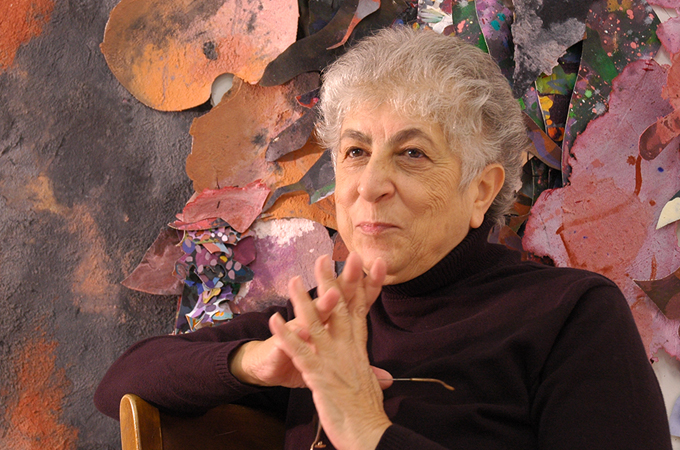
.jpg)



 B.jpg)
